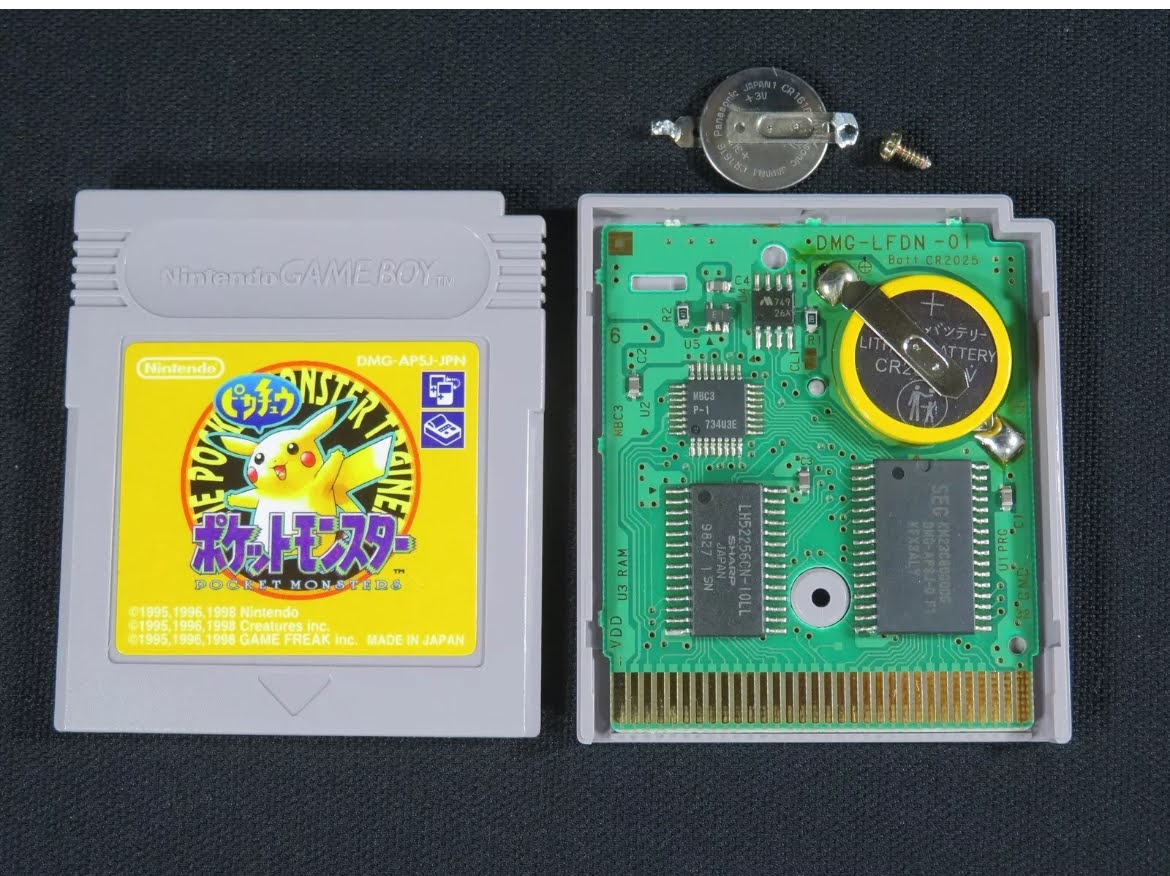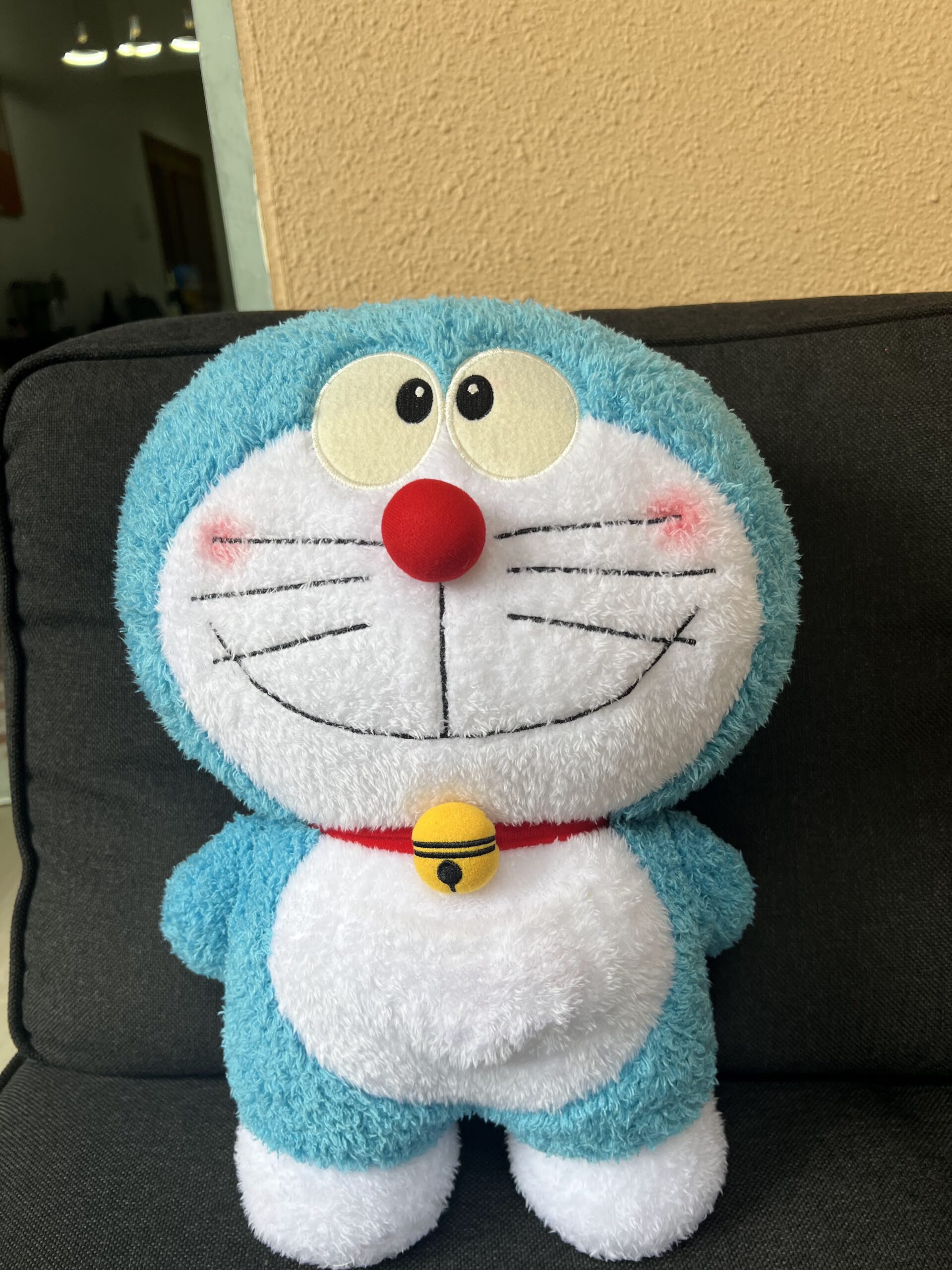The Game Boy line—spanning the original Game Boy (GB), Game Boy Color (GBC), and Game Boy Advance (GBA)—relied on cartridges to deliver portable gaming. Unlike discs or digital downloads, these cartridges used custom hardware to store games efficiently. Here’s how they worked.
1. Game Cartridge Components
📌 ROM Chip (Read-Only Memory)
- Stored the game’s code, graphics, and sound.
- Mask ROM: Most GB/GBC games used factory-programmed chips (no rewrites).
- Flash ROM: Later GBA games sometimes used flash memory (e.g., Pokémon Emerald for save data).

- A disassembled Pokémon Yellow cartridge showing the ROM chip (bottom right), SRAM (bottom left), Mapper chip (top left).
📌 SRAM (Save Memory)
- Battery-backed SRAM stored save files (e.g., Zelda: Link’s Awakening).
- Later games (like Pokémon Crystal) used Flash memory, eliminating batteries.
📌 Mapper Chip (Bank Switching)
- Early GB games maxed out at 32 KB ROM (e.g., Tetris).
- Larger games (like Pokémon Gold) used memory bank switching to access more data.
2. How Game Boy Cartridges Differ (GB vs. GBC vs. GBA)
| Feature | Game Boy (GB) | Game Boy Color (GBC) | Game Boy Advance (GBA) |
|---|---|---|---|
| ROM Size | Up to 8 MB | Up to 8 MB | Up to 32 MB |
| Save Type | Battery + SRAM | Battery + SRAM/Flash | Flash (no battery) |
| Backwards Compatible? | N/A | Plays GB games | Plays GB/GBC games |
📷
- Side-by-side comparison of GB, GBC, and GBA cartridges .
3. Why Cartridges Were Perfect for Handhelds
✅ Durability – No moving parts (unlike discs).
✅ Fast Load Times – No need to read from a slow disc drive.
✅ Portability – Small and shock-resistant.
📷
Conclusion
Game Boy cartridges were marvels of efficiency, combining ROM, save memory, and mappers in a tiny package. While modern gaming has moved to digital, cartridges remain iconic for their reliability and nostalgia.
🔍 Want to see inside a real cartridge? Check out this teardown video: Game Boy Cartridge Explained.


Leave a Reply